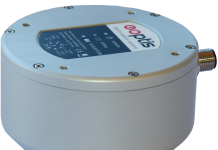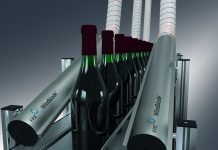 Cefla understands that a tailor-made project capable of ensuring efficiency and value begins with proper feasibility analysis. Following an on-site inspection – performed together with a technical liaison officer assigned by Olivieri Carni – Cefla effected in-depth analysis of the customer’s production processes and energy profiles, dividing them into electricity, steam and hot water.
Cefla understands that a tailor-made project capable of ensuring efficiency and value begins with proper feasibility analysis. Following an on-site inspection – performed together with a technical liaison officer assigned by Olivieri Carni – Cefla effected in-depth analysis of the customer’s production processes and energy profiles, dividing them into electricity, steam and hot water.
After initial analysis, reassessment and further consideration, the proposed system sizing solutions focused on: electrical tracking, reduced steam use, use of refrigerating energy and the refrigeration circuit. In addition to all this, the proposed Cefla solution had another key aim: to achieve more balanced, shrewder, higher-performing use of hot water.
Cefla’s assessment of Olivieri Carni had, in fact, highlighted an issue is this regard: the production process featured a heat exchange control system used for washing, room heating and chilled water production (at -12°C, for meat refrigeration purposes). The system’s design meant the plant made full use of hot water during the day but not at night, when it was used for interior heating only. This assessment proved to be vital, providing the foundation for a solution capable of generating significant energy savings.
 The project: strategy, efficiency and “green” savings
The project: strategy, efficiency and “green” savings
Cefla provided close customer support, ultimately offering a first-class “turnkey” solution with an excellent price-quality ratio. To ensure sustainability – both environmental and economic – Cefla presented an array of proposals with three different generator engine types and a distinct thermal solution, allowing identification, together with the customer, of the best solution from every possible viewpoint.
The methane gas trigeneration system chosen for this project covers 79% of overall electricity demand, resulting in savings of around 50 euros/hour compared to the previous system. Furthermore, the system – customised with two 60 cubic metre tanks that store the heat energy produced at night and allow its reuse during peak daytime demand to achieve balanced hot water usage – optimises electricity consumption.
It does so thanks also to the action of the new ammonia absorber (which replaces the old compressors) that produces refrigerating power via the energy produced by the superheated water. In addition to those energy savings, the entire operation has also had an outstanding “green” outcome as it cuts CO2 emissions by 870 tons a year, the annual equivalent of running 890 cars.



